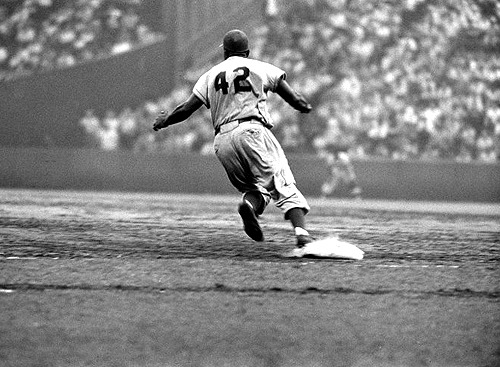

March 31, 1492: Ferdinand and Isabella issue the Alhambra Decree.
The Reconquista of the Iberian Peninsula from the Muslim rulers who had conquered it in the 8th century (and called it al-Andalus) ended when the Emirate of Granada capitulated to Ferdinand and Isabella. Under the terms of the 1491 Treaty of Granada, the monarchs granted some rights and protections to Muslims and Jews - under Muslim rule, the latter group had seen a cultural “golden age” that lasted several centuries. In 1492, however, Ferdinand and Isabella issued the Alhambra Decree, also called the Edict of Expulsion, which ordered the expulsion of Jews from their dominions. For a sense of the extent of these dominions, their titles were:
King and Queen of Castile, Leon, Aragon, Sicily, Granada, Toledo, Valencia, Galicia, the Balearic Islands, Seville, Sardinia, Cordoba, Corsica, Murcia, Jaen, of the Algarve, Algeciras, Gibraltar, and of the Canary Islands, count and countess of Barcelona and lords of Biscay and Molina, dukes of Athens and Neopatria, counts of Rousillon and Cerdana, marquises of Oristan and of Gociano.
A decade earlier, the monarchs had established the Spanish Inquisition to help uphold the Catholic orthodoxy of the realm; under the influence of Spain’s first Grand Inquisitor, the notorious Tomás de Torquemada, the monarchs were compelled by their religious duty to expel from their dominions all Jews who had not yet converted to Catholicism (called, along with Muslim converts, conversos). This was not the only or earliest incidence of Jewish expulsion in Europe: in 1290, Edward I of England issued his own Edict of Expulsion, which stood until the 17th century; French monarchs expelled and re-admitted their Jewish subjects severaltimes throughout the late Middle Ages; and during the Black Plague, which devastated Europe during the mid-14th century, Jews blamed for spreading the diseases fled persecution by their neighbors. Under the Alhambra Decree, around 200,000 Jews were expelled from Spain, emigrating primarily to North Africa and Turkey. While tens of thousands of conversos remained in Spain, they were not fully protected from the Inquisition by their conversion.
The Alhambra Decree was revoked 476 years later on December 17, 1968.






































































